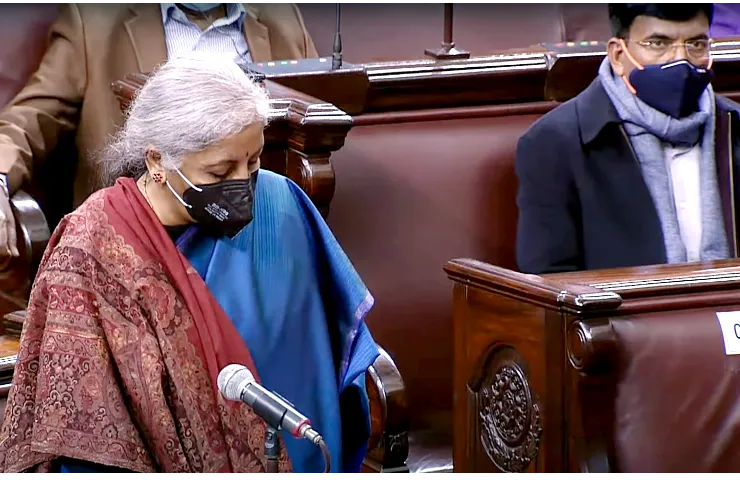South Asian countries especially Bangladesh and Nepal will be closely monitoring India’s Economic Survey and the Union Budget this year as the fine prints will directly have a bearing on the economies of these countries. At a time when the geopolitical uncertainties have risen sharply following the Russia-Ukraine war, India’s budget announcements will be critical not just for the country but the entire region, as South Asia looks for better economic and trade integration. Apart from the South Asian region, many other countries across the globe will also keep a close watch on India’s economic roadmap as they start to chalk out a China Plus strategy.
The World Bank India has projected a growth rate of 6.6 per cent for India in 2023-24.
“What India’s Budget holds for economic growth will be keenly watched through South Asia and the many other countries the world over. India’s budget this year will be critical as the world economy is slowing down, trade is down and supply chain network is fragile. India is in a relatively better position in terms of growth despite the existing uncertainties,” an insider told India Narrative.
“Therefore, the Economic Survey and the Budget announcements will have ripple effects across—not just in India but the whole neighbourhood and even beyond,” he added.
This year’s Budget — the last full budget of the Narendra Modi government before it goes for general elections next year, is expected to spell out specific measures boosting investments, employment generation and connectivity. The tax structure including duties for imported raw materials will hold key for foreign investors. The progress of the multi billion PM Gati Shakti project has already caught the attention of the investors. Sitharaman is expected to thrash out policies to support the country rural sector as well.
“Climate change and its challenges have also come to the fore. Policy measures to tackle challenges arising out of climate issues will be important for the region,”
India, which has assumed the one-year presidency of G20, has already set its target for social and economic growth for the next 25 years. Last year, Sitharaman announced the launching of digital rupee while bringing crypto currency under the tax net.
Meanwhile, India has an open border policy with Nepal while it is also seeking greater integration with Bangladesh that shares the border with five Indian states of which four are in the Northeastern region. The Northeast therefore is the crucial link not just between India and Bangladesh but also with Myanmar, Bhutan, Nepal and China.
Construction of about 2000 km of roads has been completed in the last two years. The Centre is now planning to develop international airports in the northeastern states, which already have 14 airports. Last year, the Pakyong Airport in Sikkim and Rupsi Airport in Assam too became operational.
Also read: Govt okays 79 proposals for setting up cargo terminals under Gati Shakti policy




















